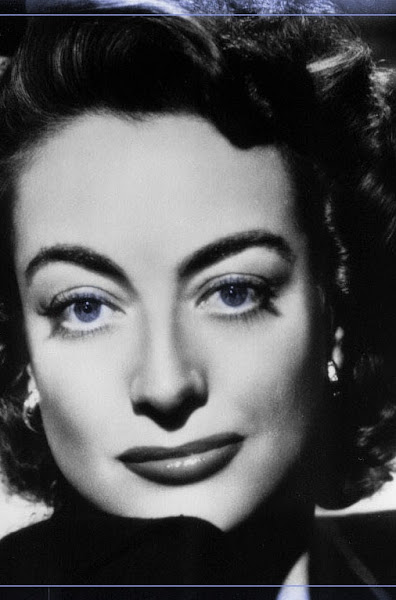 *** out of ****
*** out of ****
Though Antarctica is often forgotten in most people’s minds, celebrated German director Werner Herzog has channeled his fascination with the continent into an entrancing film, called “Encounters at the End of the World.” His appreciation for its wonders easily channels to viewers like me, who quickly recognize the ethereal secrets that every part of its geography holds. Though Antarctica has always seemed like a huge, lifeless sheet of ice at the end of the world, Herzog takes a calculated, conscious effort to exhibit its wonder while ensuring that Antarctica is less otherworldly and more realistic than it seems.
In “Encounters,” Herzog explores Antarctica through a series of interviews and vignettes that communicate the displays of magic that Antarctica contains. Having been drawn there by underwater photos taken by a friend, Herzog’s greatest curiosities are more distinct when he searches the depths with a team of divers, finding some of the most startling creatures on the planet.
Unlike some of Herzog’s more famous films, including the critically-lauded masterpiece, 1972’s “Aguirre, Wrath of God,” where the adventurers in the film have selfish motives, leading to a futile end, “Encounters” implies that with wonder and wanting to understand, a desirable, fulfilling outcome will transpire.
Because of the extraordinary circumstances that surround Antarctica, featuring the unusual beings and awe-inspiring sights, I was surprised that, despite the occasional interviewee’s connection of his surroundings to the moon, Herzog did not make his film more “space-themed.” In fact, one of the first few shots of the whole film was under the ice in the water, where the eerie glow reminded me of the “To Jupiter and Beyond” segment of Kubrick’s classic “2001.” On the other hand, this is why the film is not so galactic: Antarctica is not space, therefore Herzog applies a constant humanistic element to the film, making it all seem so tangible. For example, everyone he interviews in Antarctica has two job titles, such as “philosopher, construction worker” and “filmmaker, cook.” Such implications convey to viewers that normal people just like them live and work there, also relating Antarctica’s tangibility. In addition, various instrumental pieces that are played during shots of the icebergs connect the whole world to Antarctica by cultural coding, conveying how they share in the wonders presented in the film.
Another humanistic aspect of the ice is how it reflects on its inhabitants, making them remember that they are also a part of their surroundings since they can sometimes hear their own heartbeat when it gets so quiet. In addition, one interviewed person said that the ice was once like a cold, lifeless “monster” in the minds of most people, whereas it has now become a “dynamic, living entity.” This establishes how Antarctica, especially because of the film, is now a place that wants to be understood and is currently making its presence known.
All in all, “Encounters” is a simple but exquisite beauty that conveys the power of a freezing, (almost) barren land through the people that work daily on it and the awesome things they do. Tending to be pensive and philosophical, though direct, this film sometimes wanders about in terms of a logical sequence of events and it becomes somewhat slow around its mid-point, but it is still nonetheless enjoyable and especially enlightening. It appeals to all kinds of people who thrive on adventure or even desire to see what they have never seen. In addition, it even subtly breathes awareness to concerned environmentalists despite its apparent lack of political agenda. Clear, concise, and calculated, “Encounters” is the first great documentary about a too-often forgotten continent at the end of the world.
“Encounters at the End of the World” will be showing at the Belcourt Theater starting July 25.
June 5, 2008
Encounters at the End of the World
Labels:
documentary,
film,
REVIEWS
Subscribe to:
Post Comments (Atom)

.jpg)

.jpg)
.jpg)

No comments:
Post a Comment